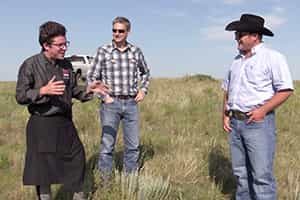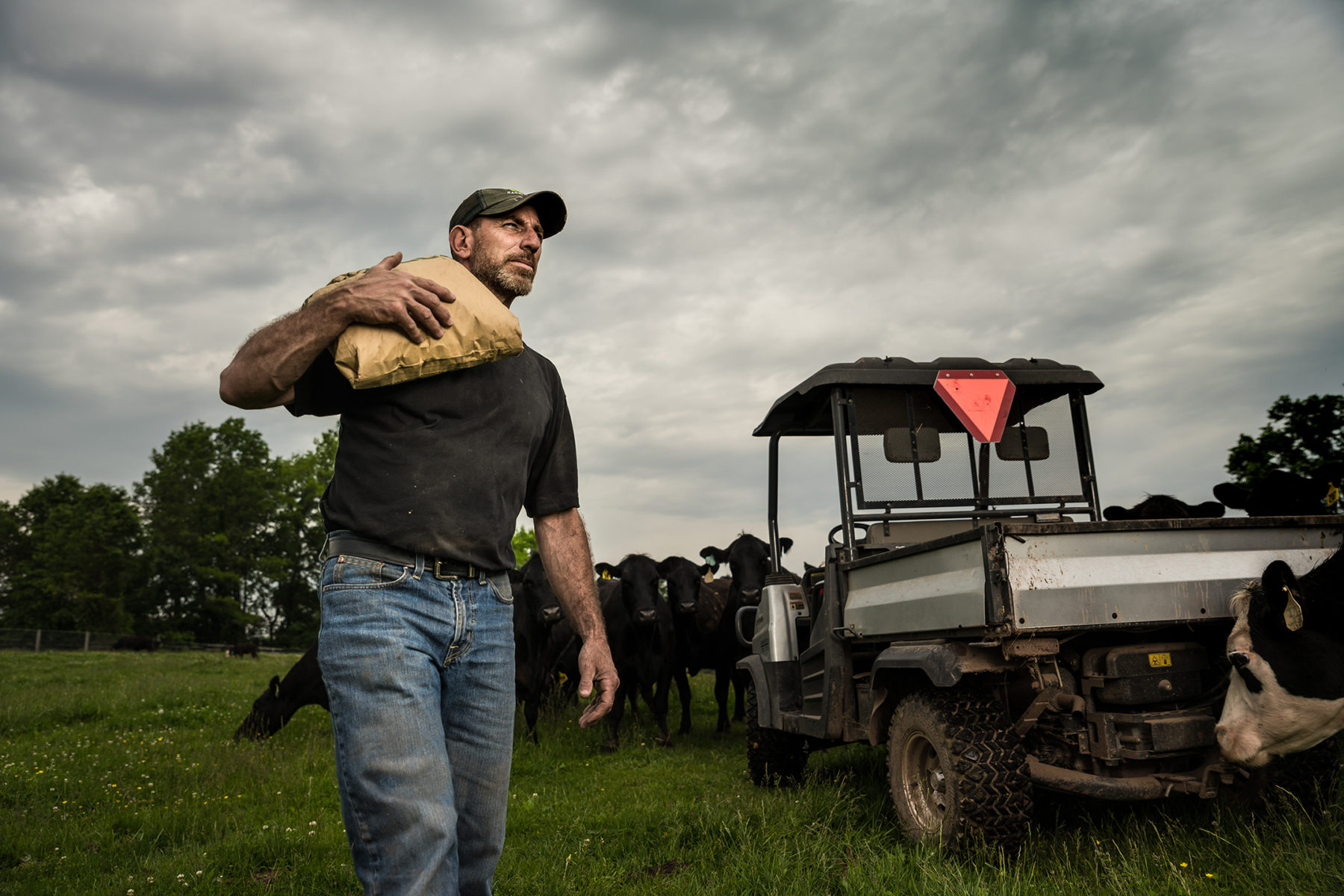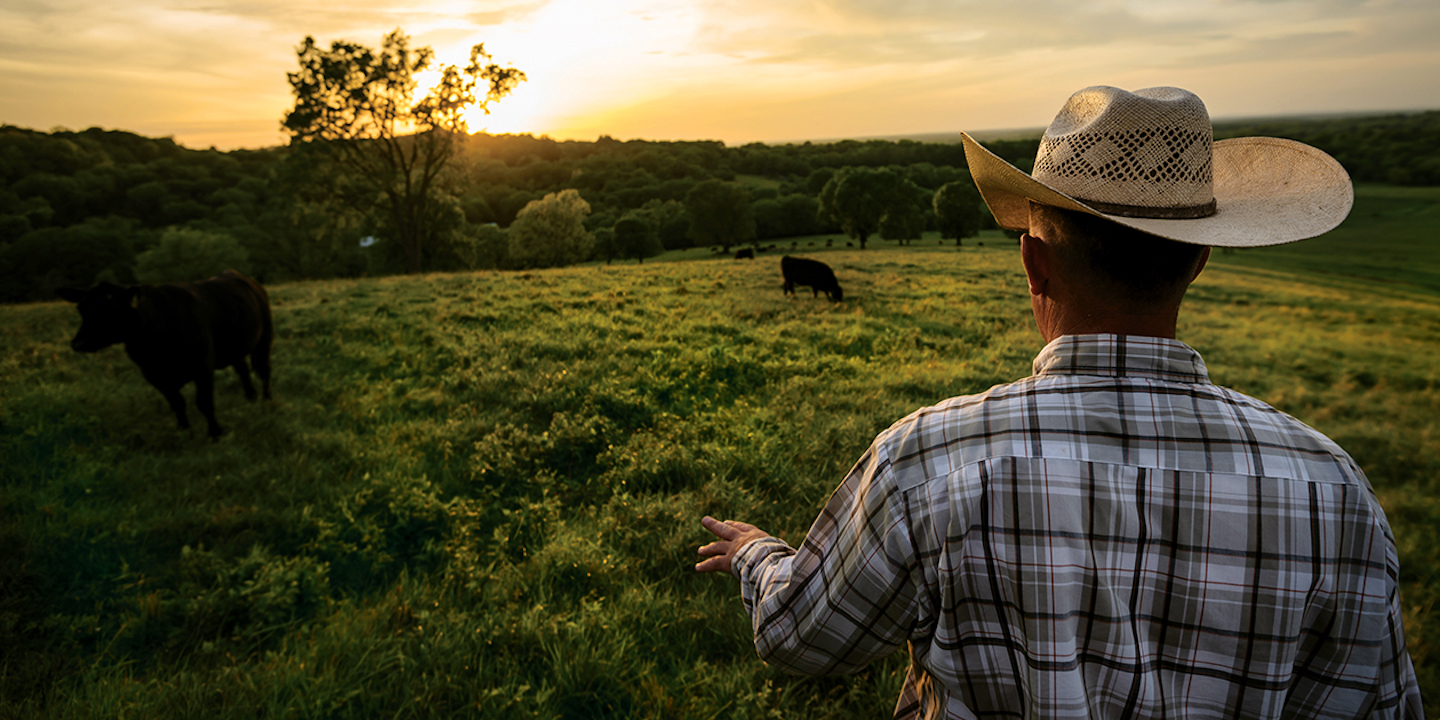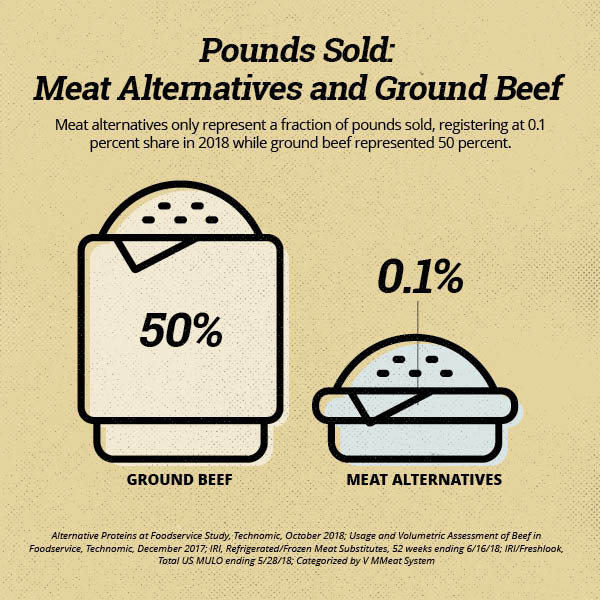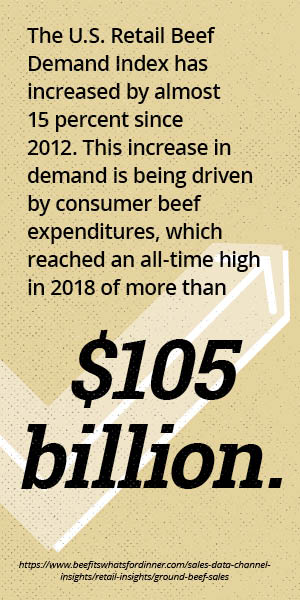We’ve never seen anything like this current beef situation; actually, in our lifetimes, we have never seen an economic situation like this that’s affected every industry, including ours. All aspects of the economy are reeling, and yet beef producers continue to be a strong, resilient breed who weather what life throws at them. Still, in the current environment, it is easy to get frustrated, to want to point fingers and lay blame, or to just be downright angry at the situation itself. We understand that.
With frustration often comes misunderstanding. There has been more and more misinformation floating around about the Beef Checkoff in recent weeks as producers seek answers to questions about the state of our industry. But remember, while the Beef Checkoff does so many great things, it can’t do everything. It is important to remember that we are built on a law that squarely focuses our programs on beef promotion, research, and education to drive consumer demand. No lobbying. No stance on possible political actions or laws. No backroom dealings. Nothing to hide.
We want to have transparent, open, and honest conversations about the way we operate. We welcome questions, and we have heard our share of those in recent weeks. We’re always working to find ways to clearly communicate with producers about the Beef Checkoff’s mission and programs – including where your dollars are spent – with information that is both transparent and simple to find. Here’s some key information about the Beef Checkoff and the Cattlemen’s Beef Board that may help you better understand how our programs work.
Answers to the Five Most Frequently Asked Questions about the Beef Checkoff:
1. Who sits on the Cattlemen’s Beef Board?
The Beef Checkoff was first organized and built by fellow producers, and the law reflects their desire to have a program led by cattlemen and women from around the country. The Cattlemen’s Beef Board consists of 99 board members, appointed by the Secretary of Agriculture, representing nearly every state in the country. By law, both producers and importers pay into the checkoff, and are therefore represented on the board. The number of board members from each state is determined by the cattle population there, and importers are represented by a cattle equivalent of the beef imported. Currently the CBB has 92 beef producers (cow/calf, feeders, stockers, veal, and dairy) and 7 importers. There are no packer representatives on the CBB. Our CBB officer team is elected annually by their peers, and they are producers from all over the country. Meet our current CBB members
2. How do Beef Checkoff funds get distributed?
By law, only beef industry governed organizations who have been in existence for more than two years may apply for Beef Checkoff funding. We call these organizations “checkoff contractors”, and they must “apply” for checkoff funds annually through proposals called Authorization Requests. These requests are vetted through large, producer-led committees throughout the year. The Beef Promotion Operating Committee, a 20-member producer body, ultimately makes the funding decisions for contractors every September for the following fiscal year. Again, no checkoff dollars can be used for lobbying or influencing politics. Contractors to the Beef Checkoff are reimbursed for their work on a cost-recovery basis after a full review of their expenses through the internal financial controls at the Cattlemen’s Beef Board. This is watched VERY carefully. Learn more about our checkoff contractors and their requests.
3. What specific projects are currently being funded with Beef Checkoff dollars?
We understand producers want to know specifics about the programs and projects being funded with their checkoff dollars. We created The Drive, an email, print and online information source for producers about every aspect of the checkoff. Sign up for your complimentary subscription to The Drive. In addition, follow the Beef Checkoff on Facebook and Twitter, where we share timely updates, too.
4. Where can I find the annual audited financials of the Cattlemen’s Beef Board
We are required by law to provide our annual audited financials to the public. To reach as many producers as possible, these documents live on the Cattlemen’s Beef Board website. It is important to note that every fall, an independent, outside auditing firm thoroughly reviews all financials of the CBB / Beef Checkoff. The contract for this firm is renewed each year, voted on by producers on the Budget and Audit Committee. Read the annual audited financials.
5. How can a producer get involved with the Cattlemen’s Beef Board?
Please join us! The Cattlemen’s Beef Board meetings are open to every producer and we encourage your participation. While some meetings are the full 99-member board, others are smaller committees and groups. Find specific information on upcoming in-person and teleconference meetings.
While we continue to promote beef to consumers, we are also here to provide transparent information to you, our stakeholders. We invite you to visit DrivingDemandForBeef.com to find all the information listed in this column, plus frequently asked questions, member directories, annual reports, contractor information, and so much more. If you cannot find the answers to your questions there, give us a call or send us an email. We are a program built from producers, and we remain dedicated to providing transparent, open, and honest communication with you.

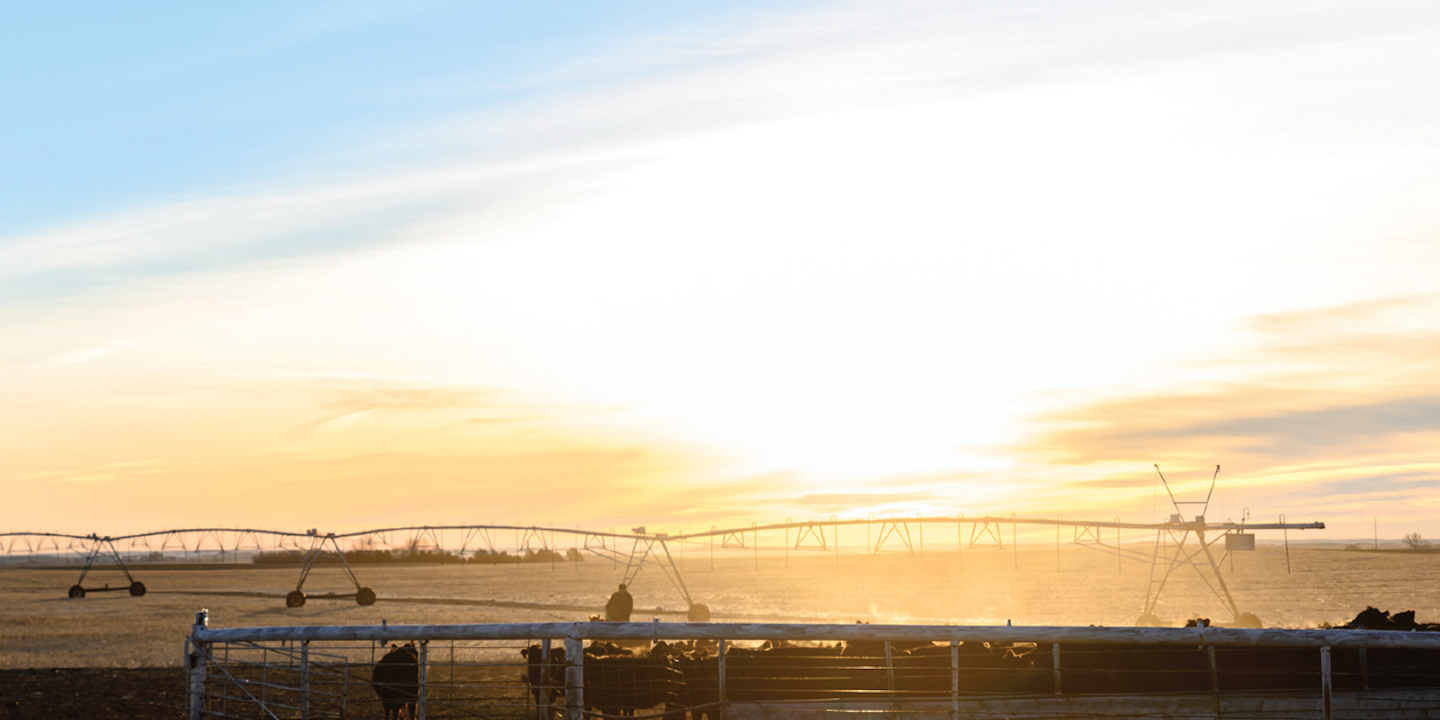
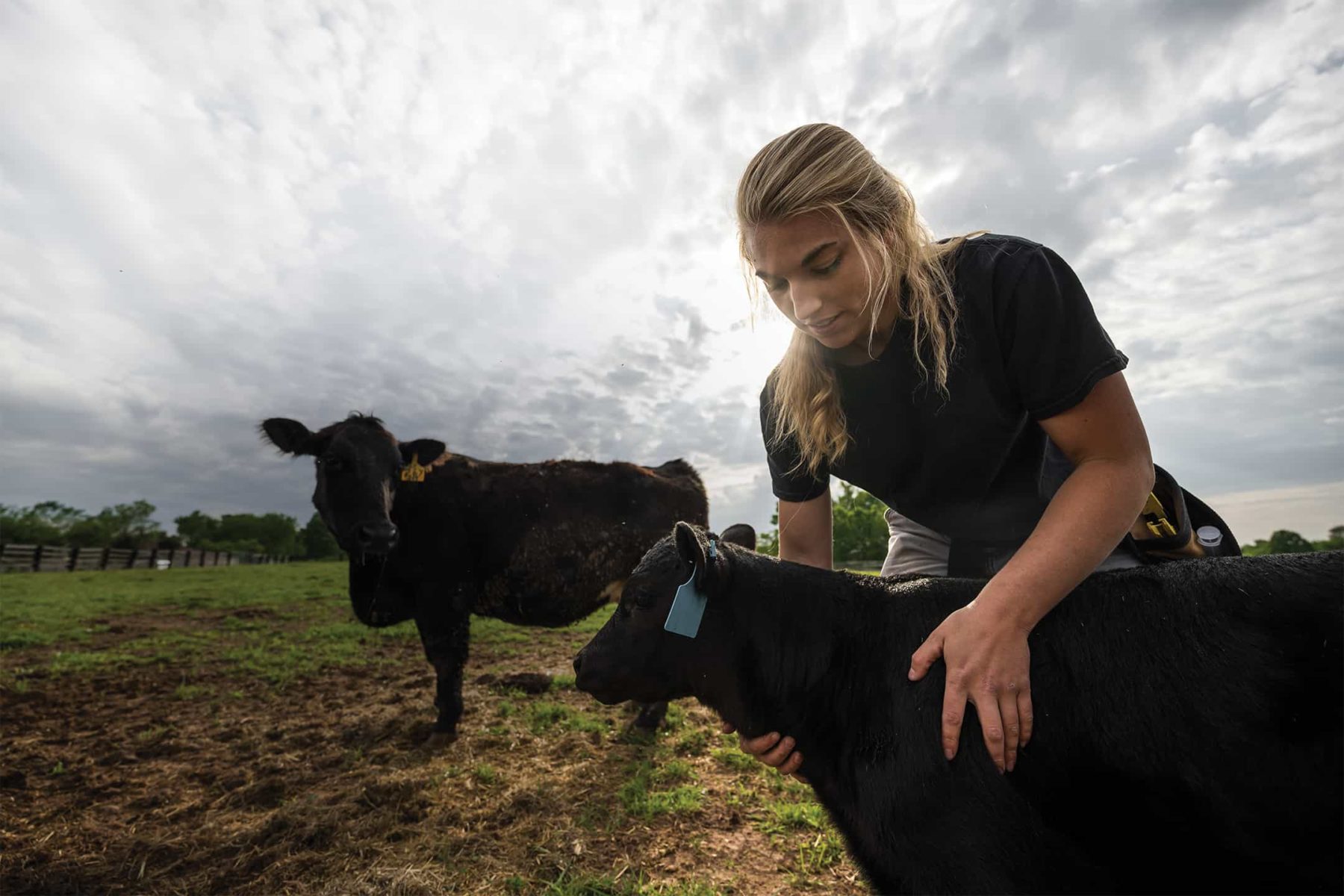
 THE CREATION OF THE BEEF CHECKOFF
THE CREATION OF THE BEEF CHECKOFF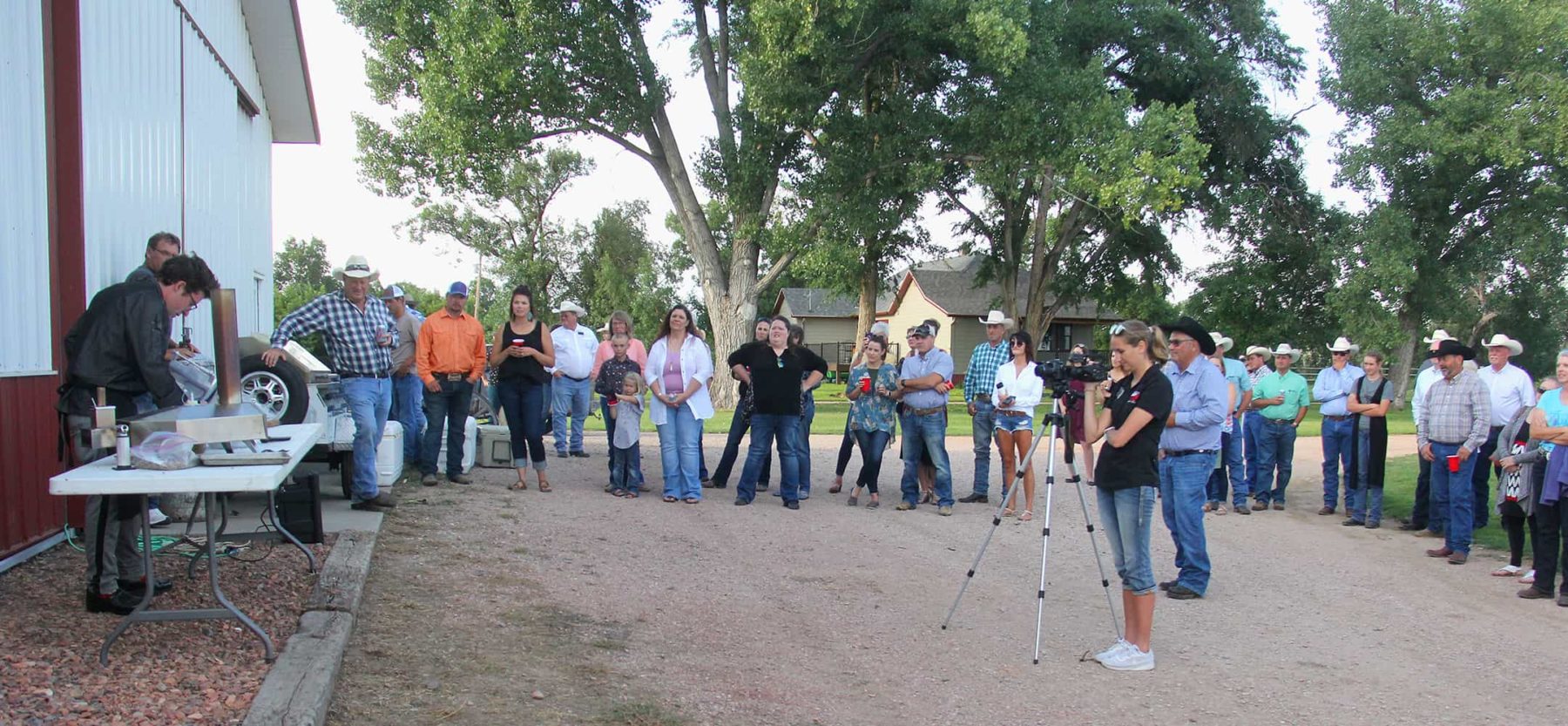
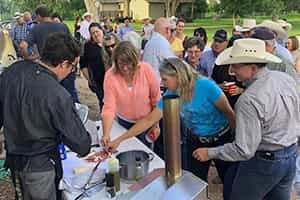 On August 8, during the 79th Sturgis Motorcycle Rally, the South Dakota Beef Industry Council (SDBIC) hosted two separate events—one highlighting SDBIC’s consumer-focused beef promotion competition the “Sturgis® Beef Throw Down!” and the second educating beef producers on the importance of promoting beef in unique ways.
On August 8, during the 79th Sturgis Motorcycle Rally, the South Dakota Beef Industry Council (SDBIC) hosted two separate events—one highlighting SDBIC’s consumer-focused beef promotion competition the “Sturgis® Beef Throw Down!” and the second educating beef producers on the importance of promoting beef in unique ways.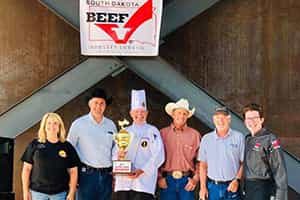 Area producers gathered later that evening at the Mt. Rushmore Angus Ranch near Hermosa, South Dakota, to learn about the efforts the Beef Checkoff and SDBIC are making to drive beef demand. Greg Hanes, CEO of the Cattlemen’s Beef Board (CBB), was in attendance to share his vision for the Beef Checkoff and answer producer questions about the program and its initiatives. During the evening’s event Warner demonstrated the different ways he is cooking beef to widen its appeal to consumers.
Area producers gathered later that evening at the Mt. Rushmore Angus Ranch near Hermosa, South Dakota, to learn about the efforts the Beef Checkoff and SDBIC are making to drive beef demand. Greg Hanes, CEO of the Cattlemen’s Beef Board (CBB), was in attendance to share his vision for the Beef Checkoff and answer producer questions about the program and its initiatives. During the evening’s event Warner demonstrated the different ways he is cooking beef to widen its appeal to consumers.